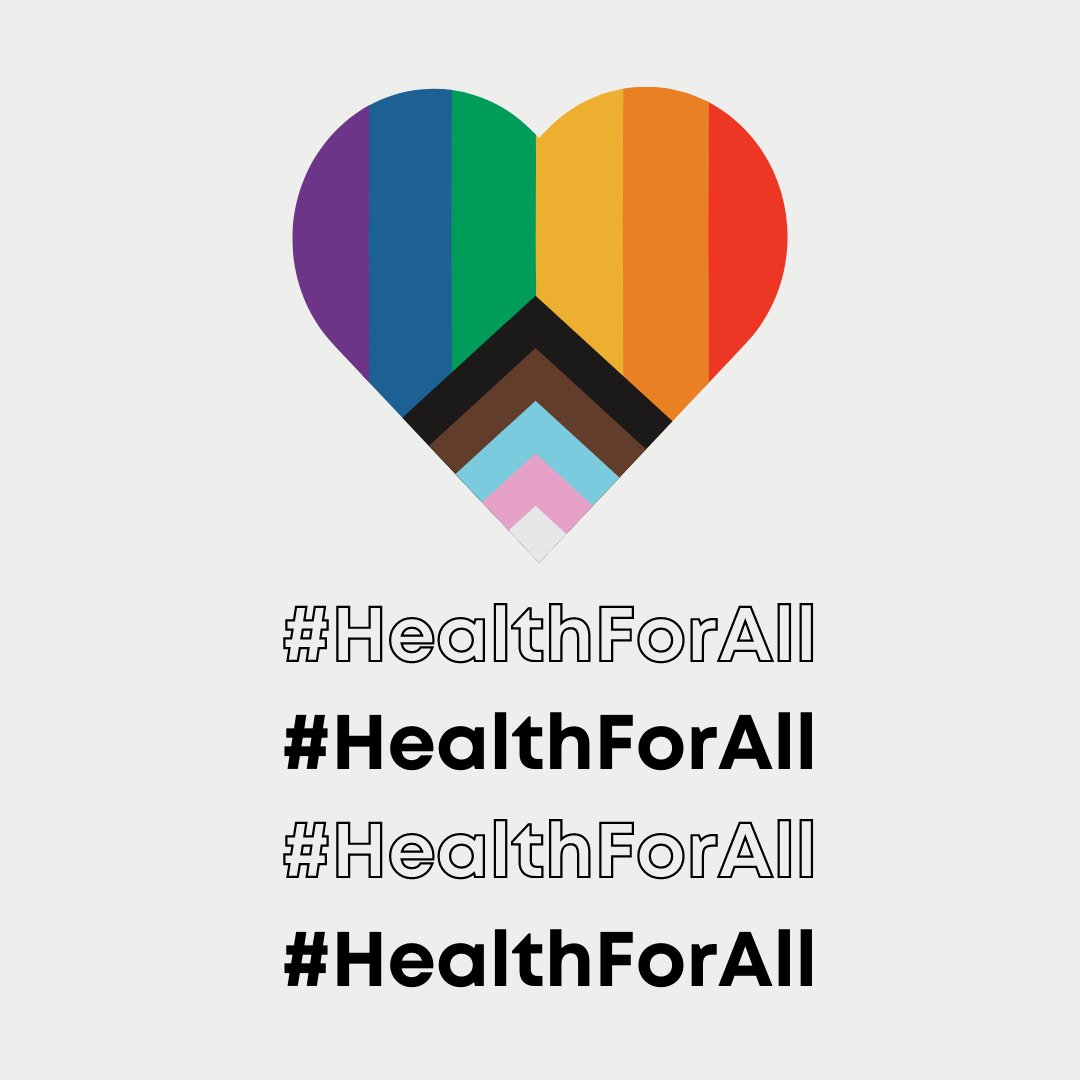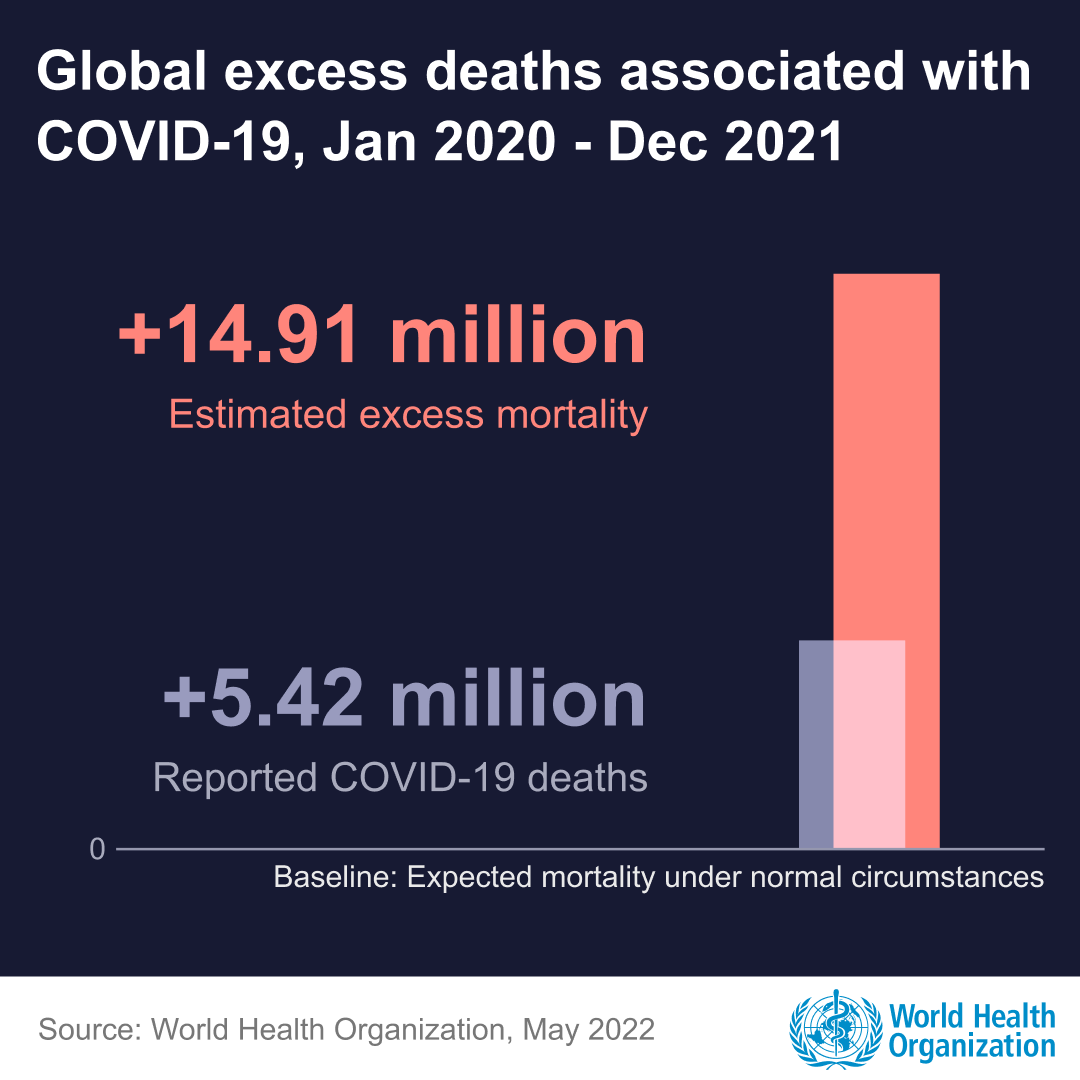
The 🆕 WHO Results Report is out!
Learn how we responded to health challenges & emergencies around the world 🌍🌎🌏 in 2020-2021.
👉bit.ly/ResultsReport2…
Learn how we responded to health challenges & emergencies around the world 🌍🌎🌏 in 2020-2021.
👉bit.ly/ResultsReport2…

+People living w/ better health & well-being
▓▓▓▓▓▓▓▓▓░ >900M
+People better protected from emergencies
▓▓▓▓▓▓▓▓▓░ >920M
+People benefiting from Universal Health Coverage
▓▓▓░░░░░░░ >270M
Our goal is to achieve 1⃣ billion people/target by 2023.
▓▓▓▓▓▓▓▓▓░ >900M
+People better protected from emergencies
▓▓▓▓▓▓▓▓▓░ >920M
+People benefiting from Universal Health Coverage
▓▓▓░░░░░░░ >270M
Our goal is to achieve 1⃣ billion people/target by 2023.
As the world’s global health guardian, fulfilling these triple billion targets will be our main goal as a measurable means of reducing health equity gaps and ensuring #HealthForAll.
More info 👉bit.ly/3NeX3aO
More info 👉bit.ly/3NeX3aO

🗝️ Highlight #1
WHO has led the fight against the #COVID19 pandemic.
1 billionth COVID-19 vaccine dose was delivered by Jan 2022 through the @ACTAccelerator partnership.
👉bit.ly/ResultsReport2…
WHO has led the fight against the #COVID19 pandemic.
1 billionth COVID-19 vaccine dose was delivered by Jan 2022 through the @ACTAccelerator partnership.
👉bit.ly/ResultsReport2…

🗝️ Highlight #2
In 2021, WHO recommended the use of the 🌐’s first & only #malaria vaccine among children in sub-Saharan Africa & other regions. It is expected to save tens of thousands of young lives a year.
👉bit.ly/ResultsReport2…
In 2021, WHO recommended the use of the 🌐’s first & only #malaria vaccine among children in sub-Saharan Africa & other regions. It is expected to save tens of thousands of young lives a year.
👉bit.ly/ResultsReport2…

🗝️ Highlight #3
5⃣8⃣ countries, covering 3⃣ billion people, now have policies to #REPLACETransfat, a toxic chemical used in processed foods. WHO’s REPLACE initiative aims for a trans-fat-free world by the end of 2023.
👉bit.ly/ResultsReport2…
5⃣8⃣ countries, covering 3⃣ billion people, now have policies to #REPLACETransfat, a toxic chemical used in processed foods. WHO’s REPLACE initiative aims for a trans-fat-free world by the end of 2023.
👉bit.ly/ResultsReport2…

🗝️ Highlight #4
Tobacco use is decreasing in 150 countries thanks to measures led by WHO's @FCTCofficial. #NoTobacco
👉bit.ly/ResultsReport2…
Tobacco use is decreasing in 150 countries thanks to measures led by WHO's @FCTCofficial. #NoTobacco
👉bit.ly/ResultsReport2…

• • •
Missing some Tweet in this thread? You can try to
force a refresh












